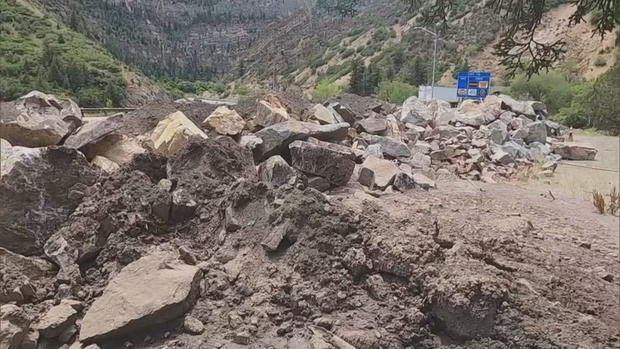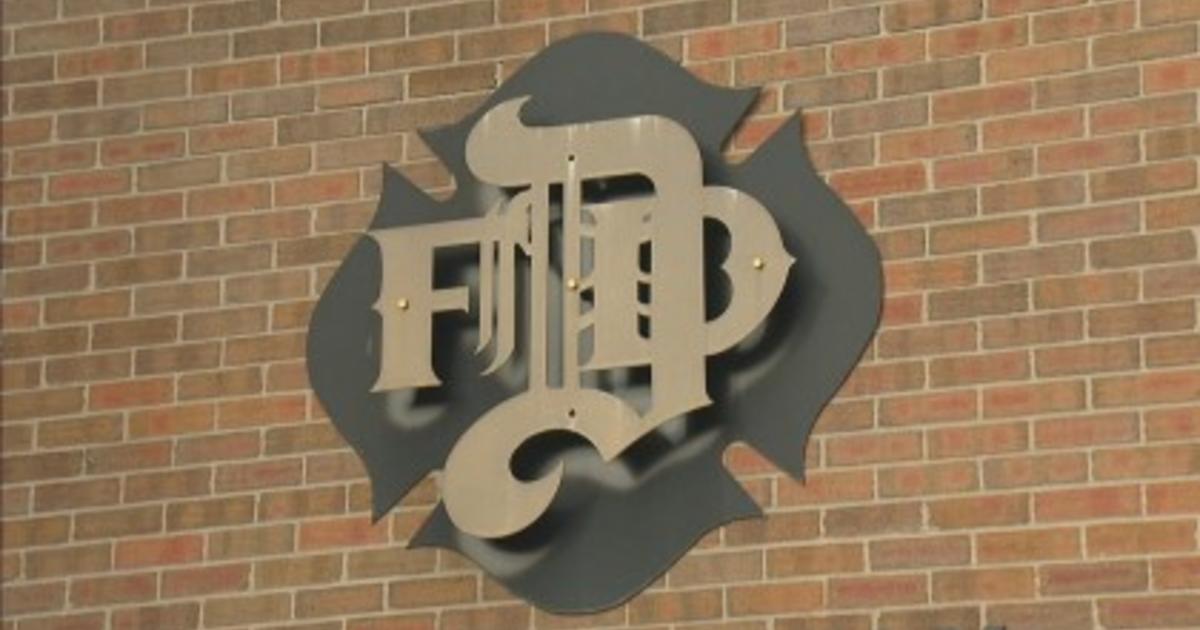CDOT Reaches Out To Neighboring States To Help Drivers Avoid I-70 As Threat Of Mudslides Continues
GLENWOOD SPRINGS, Colo. (CBS4) - A few piles of debris on the side of the road were the only sign there were any issues in Glenwood Canyon on Tuesday afternoon. Traffic was back to normal, but not for long. By 5:20 p.m., the canyon was once again closed due to potential mud slides and subsequent safety concerns.
"We're continuing to work with Kansas, Utah and Wyoming on diverting folks to I-80 in Wyoming instead of taking I-70. We're warning both those states and their customers that people should plan on there being closures on I-70 this week," said Elise Thatcher, Region Three Communications Manager for the Colorado Department of Transportation. "There's enough rain in the forecast, it's very likely going to happen. We're trying to reach as many folks as possible to keep them on Interstate 80, or head that direction instead of coming into Colorado at all."
For those who rely on the canyon, it's all about a plan B. It's something local raft companies are used to. First the pandemic, followed by the Grizzly Creek fire, and now the threat of mud slides.
"If that does happen we just go on the Upper Fork, the Roaring Fork, and it's just as fun," said Kyle Fernitz, a raft guide with Blazing Adventures.
Blazing Adventures is always looking at the forecast especially after nearly getting caught in the slide on Sunday.
"Our bus got caught up there, but that's alright, we got back," Fernitz said. "It was actually the second car right in front of the mud slide, but Jess, our shuttle driver, was paying attention stopped just in time, got everybody back safely."
All of that mud came down like ashy soup over the weekend. While CDOT had a plan to quickly clear the canyon, it also learned how to quickly re-open it. By Monday evening, all lanes of traffic were clear.
"We had certain equipment up on Sunday that made the cleanup process a lot faster. We thought that maybe it would be helpful and it turned out to make a really big difference," said Thatcher. "This kind of soupy, gooky material that isn't necessarily straight forward as rocks for example."
CDOT crews said the debris field was around 100 feet long and four to five feet deep consistently. Currently, the mud crews were able to remove is sitting just west of the slide, waiting to be repurposed.
"We'll be keeping it there until we know a little bit more about whether we can use it for improvements along the highway, you know, if there are areas that have been eroded, maybe we need to improve a shoulder, we may be able to use the material for that kind of roadwork back on the highway," she said.
While CDOT has made some upgrades to the infrastructure, the amount of ash that has accumulated from the burn scar makes it near impossible to build anything that would prevent the debris flows from reaching the highway.
It's why Thatcher says safety closures are the best way to keep people safe.
"Wherever we're able to, we certainly are putting in rockfall netting and other kinds of fencing to catch stuff coming down before it goes onto the roadway but for mudslides at this point, it's not a logistically realistic option."
While safety closures are in place, CDOT says the northern alternative route is the safest bet.
"We strongly recommend that northern alternate route because Google and Apple are not reliable for finding an alternate route. I cannot stress that enough," Thatcher said. "If you take one of those roadways, it's very possible you'll end up having a very challenging day and you'll end up on the road much much longer than taking the alternate route."
CDOT is constantly providing updates on conditions and alternate routes.






